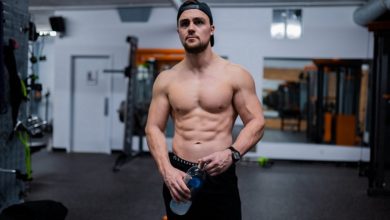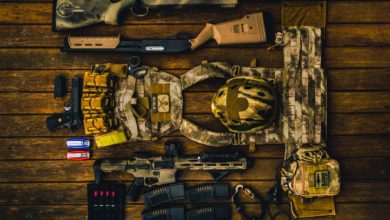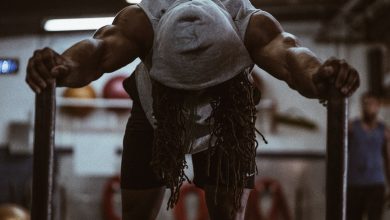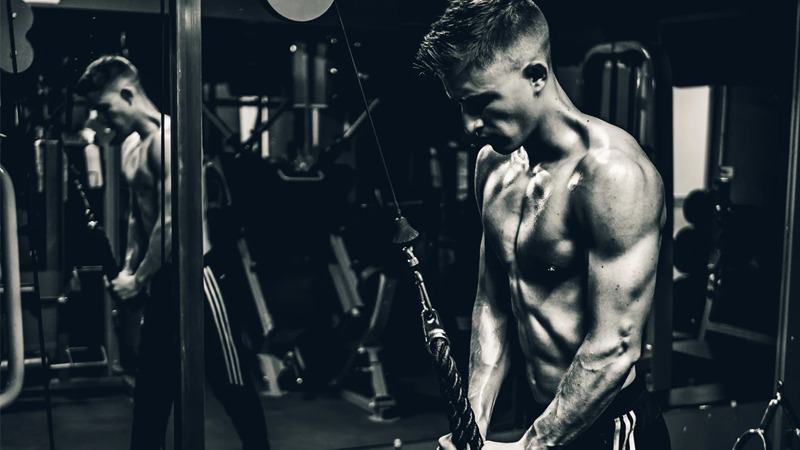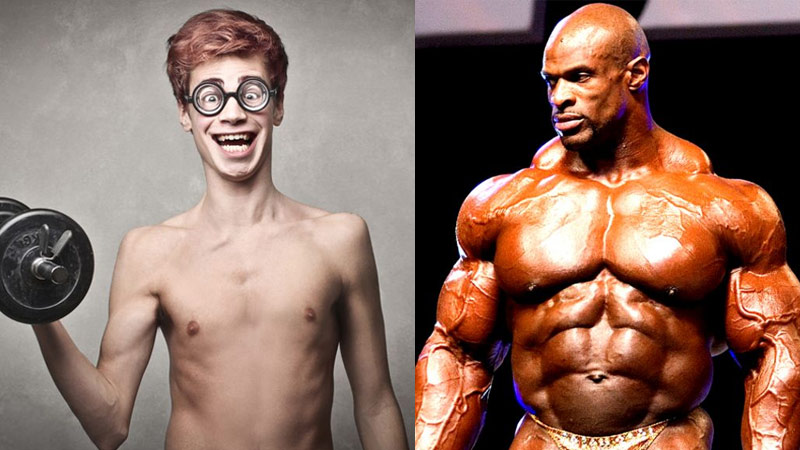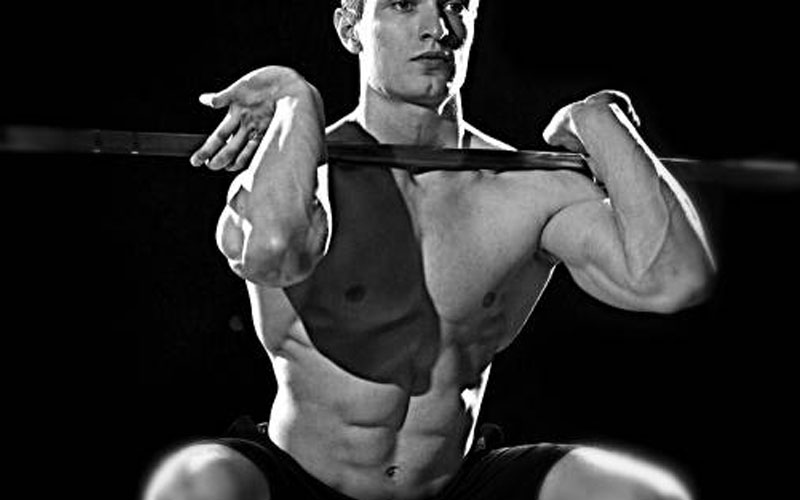
Training 101
Bodybuilding is a unique sport, one that many consider to be an art form — and who can argue against that? Bodybuilding has come a long way since the days it was first birthed. When it first started, it was more strongman-type training as opposed to what we know it to be today.
Today, bodybuilding training has adopted a scientific approach to training rather than just moving heavy weights around. Although I stand with the former, I believe it’s also necessary to implement the latter into a training program.
Arnold Schwarzenegger believes that heavy weight training plays an integral part in creating quality density in the physique, especially the chest.
In order to build size and quality thickness in the body, we need to incorporate various training styles, intensity techniques, set and rep schemes, etc. Without a combination of various training methodologies, our physiques will only look so good.
Size vs Strength Training
Training for size and training for strength are two very different things, but that’s not to say that you can’t do both.
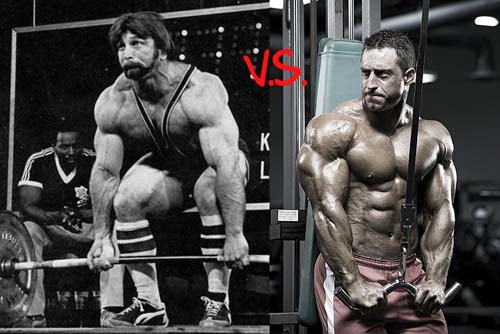
Our overall goal should be to train for hypertrophy. Hypertrophy is when an organ or tissue increases in volume.
There are two types of hypertrophy; sarcoplasmic hypertrophy, which is caused by an increase in muscle glycogen storage, and myofibrillar hypertrophy, which is when the myofibril size increases.
Going after either type of hypertrophy requires a different approach to training. The exercises may remain the same but the set & rep scheme and weights used differ quite a bit from each other.
Training for Sarcoplasmic Hypertrophy
Training for sarcoplasmic hypertrophy requires you to utilize a lot of sets. This type of training is known as low/medium intensity, high volume training. Intensity refers to the amount of weight lifted in that workout, and volume refers to the number of sets and reps.
So, to initiate sarcoplasmic hypertrophy, you need to use lighter weights. That’s why you’ll hear so many top bodybuilders say that you should leave your ego at the door. You’re trying to grow your muscles, not destroy it.
The sets and reps for this type of hypertrophy are on the higher end of the scale — 12-20 reps per set. The higher, the better. However, you should use a weight that sets your muscles on fire near the end of your set. That last rep should register as a ’10’ on the pain scale.
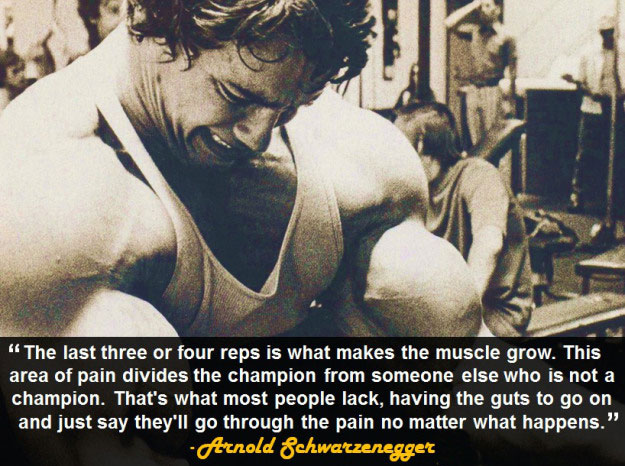
Training for Myofibrillar Hypertrophy
Unlike sarcoplasmic hypertrophy, myofibrillar hypertrophy training is high intensity, low volume training.
For this hypertrophy, you need to train with heavy weights and low reps. The number of sets performed can still be fairly high, but not as high as when training for sarcoplasmic hypertrophy. The reps, however, should be in the range of 3-8 reps per exercise.
And when training for pure strength, 3-5 reps are optimal. The weight used with this type of training should be heavy and challenging.
When training for myofibrillar hypertrophy, you’re not chasing the “burn.” This type of training requires you to focus on controlling the eccentric part of the lift and exploding back up to the top part of the exercise.
Myofibrillar hypertrophy training is usually associated with powerlifters and weightlifters. Therefore it’s recommended that you use the three main lifts—squat, bench press, deadlift—to train for this form of hypertrophy.
Incorporating Hypertrophy Into Your Workout
Exercise Basics
There are two primary goals when it comes to choosing the correct exercises for your workout: choosing exercises to build muscle size and choosing exercises to compliment your strength goals.
Training for Size
When training for size, nearly all exercises can be used for this goal. Utilizing a combination of compound movements and isolation movements in your workout are the perfect combination for size and sarcoplasmic hypertrophy.
Using the three main lifts when training for size can be useful but we’ll reserve those for the strength training part of your workout.
Strength Training
Unlike training for size, you can’t perform isolation movements for strength training. Meaning, you can’t do concentration curls to increase the myofibrillar hypertrophy of your biceps. For that, you should be doing barbell or hammer curls.
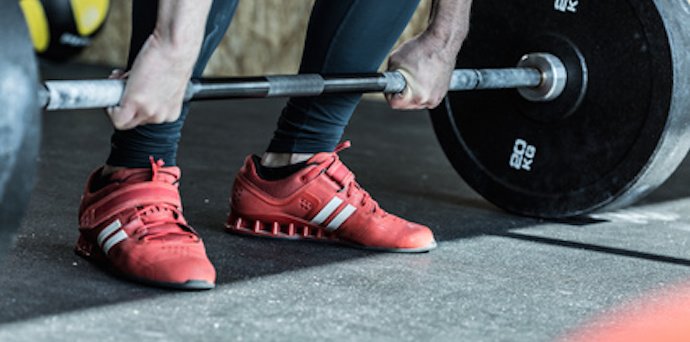
The Workout Program Details
The workout program will focus on both forms of hypertrophy to ensure that you get the most out of your workout and training program.
The strength aspect of the workout program will be focused around your three main lifts. These will only consist of three days — on the days that you squat, bench press, and deadlift.
Following the ‘strength’ exercises, you’ll be performing movements that will focus more on increasing your muscle size.
As you can see, this workout program focuses on increasing both types of hypertrophy in the body. However, this is not a goal-specific training program. It means that this workout program is neither a strength nor size-focused program. Those types of programs require a bit more specificity.
Instead, with this workout program, you’ll be able to develop a balance between strength and size. And once you’ve become accustomed to training, then you can start building your own program around your own specific goals.
The Workout Program Routine
This workout program is for four days out of the week, with the weekend and Wednesdays being your off days. However, you can mix and match any way you see fit.
Each muscle group will only be trained once a week. Before hitting the weights, it’s absolutely crucial that you warm up the muscles you are going to train, along with their joints. This will ensure that you train injury-free.
Note: “**” = warm-up sets. Warm-up sets should be as follows: set 1 x 15 reps, set 2 x 10 reps, set 3 x 5 reps. “*” = working sets.
Monday — Legs & Abs
- High Bar Squat — 3** x 15, 10, 5 reps. 5* x 5 reps. On the last set, do as many reps as you can with the same weight.
- Bulgarian Split Squat — 4* x 15 reps
- Leg Extensions — 4* x 15, 12, 20, 20 reps
- Romanian Deadlift — 4* x 12, 12, 15, 15 reps
- Lying Leg Curls — 3* x 15 reps
- Single-leg Deadlift — 3* x 15 reps
- Planks — 3* x 45 second hold
Tuesday — Chest & Triceps
- Flat Bench Press — 3** x 15, 10, 5 reps. 5* x 5 reps. On the last set, do as many reps as you can with the same weight.
- Incline DB Press — 4* x 15, 12, 10, 8 reps
- Flat Bench DB Flyes — 4* x 15 reps
- Parallel Bar Dips — 3* x failure
- Close-grip Bench Press — 4* x 12 reps
- DB Skullcrushers — 3* x 15 reps
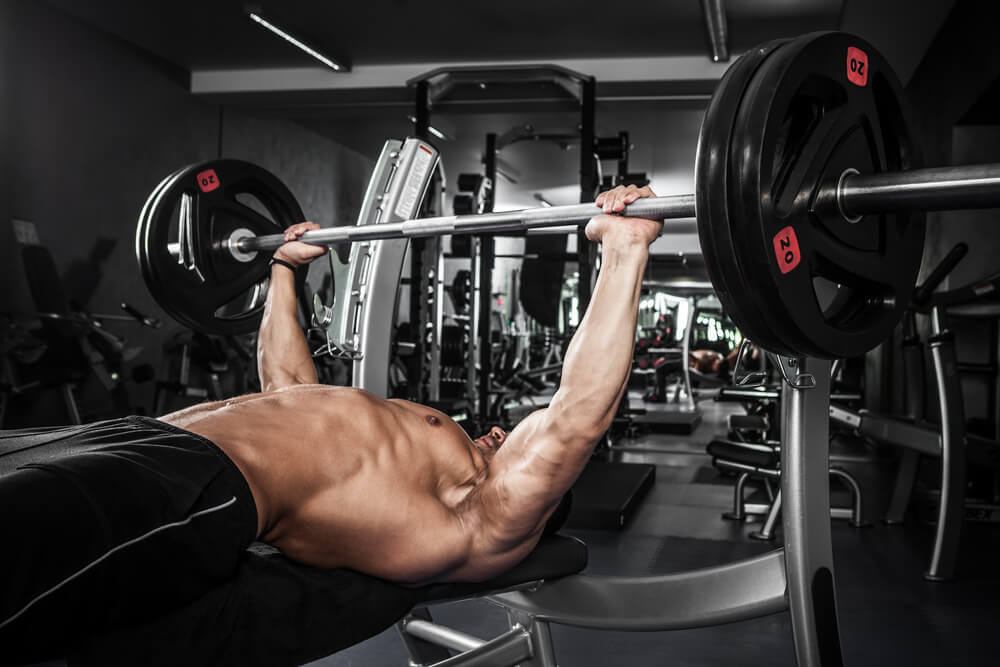
Wednesday — Rest
Thursday — Back, Biceps & Abs
- Deadlifts — 3** x 15, 10, 5 reps. 5* x 5 reps. On the last set, do as many reps as you can with the same weight.
- Bent-over Barbell Rows — 4* x 12 reps
- Wide-grip Pulldowns — 4* x 15, 12, 10, 8 reps
- DB Pullover — 3* x 15 reps
- Barbell Curl — 4* x 15, 12, 10, failure
- DB Preacher Curl — 3* x 15 reps
- Planks — 3* x 45 second hold
Friday — Shoulders & Calves
- Military Press — 3** x 15, 10, 5 reps. 5* x 5 reps. On the last set, do as many reps as you can with the same weight.
- Upright Rows — 4* x 15 reps
- Side Lateral Raises — 3* x 12, 15, 20 reps
- Bent-over Lateral Raises — 3* x 15 reps
- Calf Raises w/ Leg Press — 5* x 20 reps
- Standing Calf Raises — 4* x 15, 15, 20, failure
Conclusion
To develop both strength and size in its most basic form requires you to follow a workout program that offers a little diversity — best of both worlds.
To train for strength and to train for size require two different approaches, however, it’s not impossible to pursue both at the same time.
Just remember that you won’t grow as strong or big as you possibly can when integrating both strength and size orientated training into your workout program.
This article is just to help set you on the correct path to making gains and help establish a solid foundation for all your future fitness endeavors. Be it to become a pro bodybuilder or a record-breaking power- or weightlifter.

